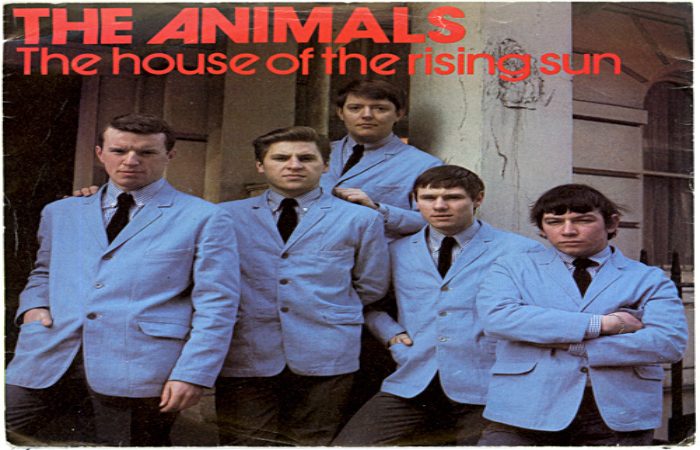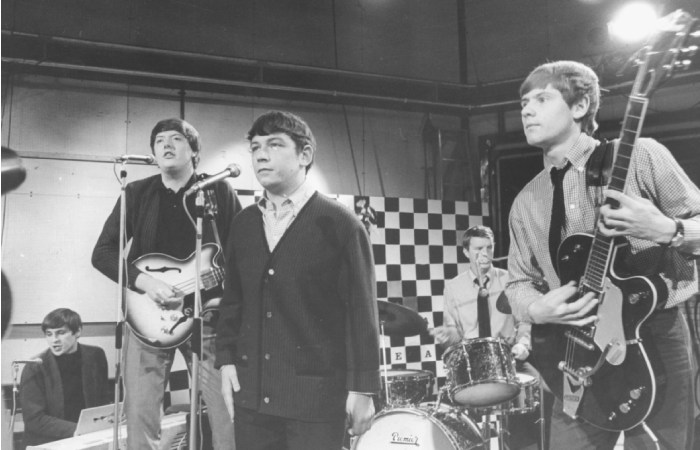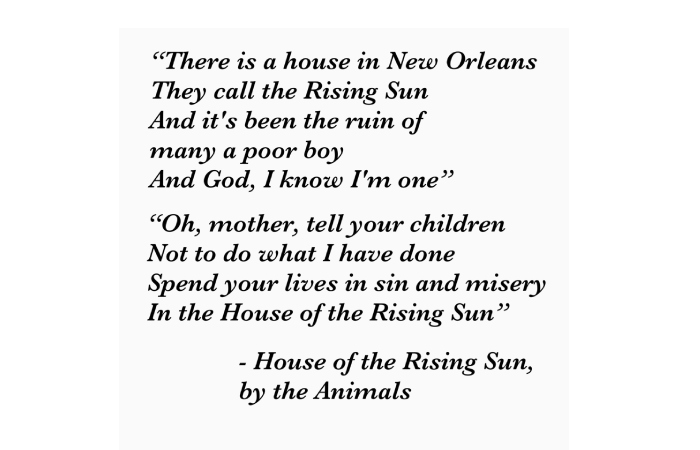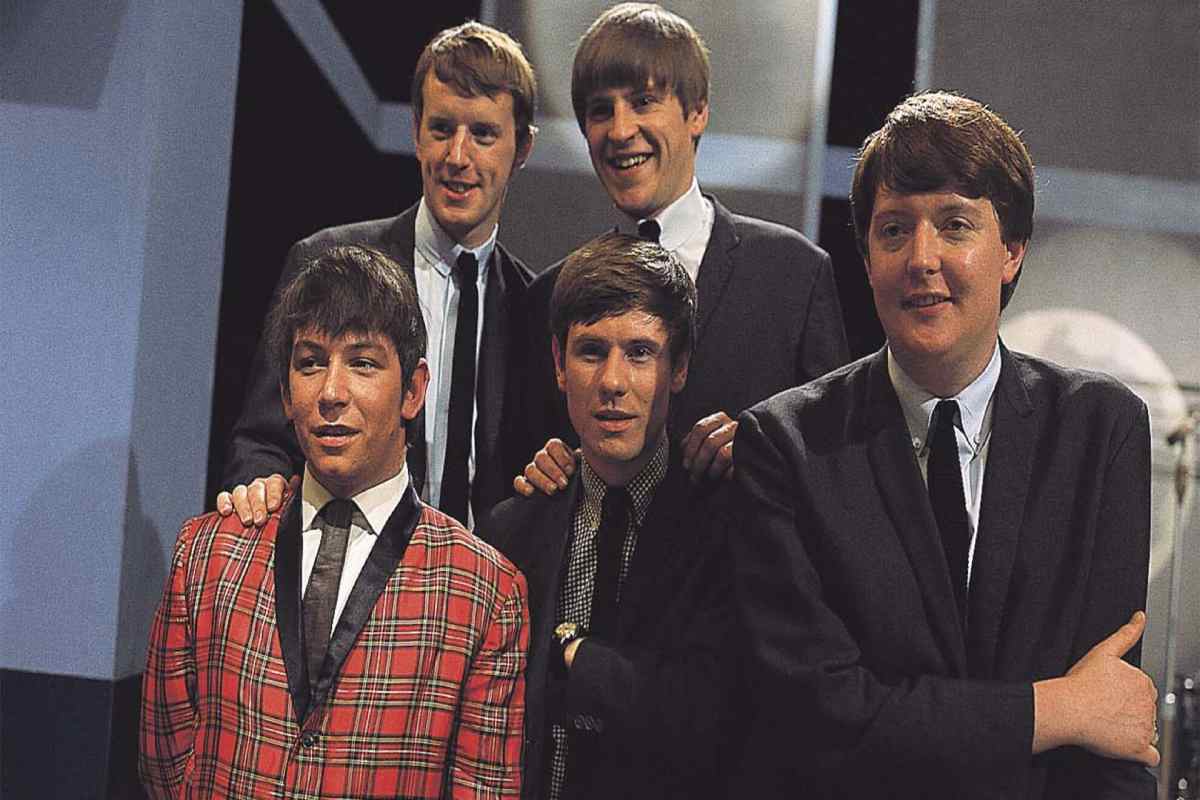The House of the Rising Sun is also called Rising Sun Blues, a traditional folk track. It tells of a person’s life going wrong in New Orleans. Many also urge siblings or parents and children to avoid the same destiny. The most famous commercial version, recorded in 1964 by the British rock gang The Animals, was a number-one hit on the UK Singles Graph and in the US and Canada. As an old folk song recorded by an electric rock band, it has been defined as the “first folk rock hit.”
Table of Contents
About
The Animals’ version of the American folk track is considered one of the 20th era’s British pop classics. While the original version was chanted in the character of a woman led into a life of ruin, the Animals’ version is told from the view of a young man who tracks his father into alcoholism and gambling ruin.
Though the date and author of the song are unidentified, some musicologists have said that it looks like a ballad of the 16th century and could very quickly have consequences from one of those times. As a famous folk song, the oldest record of “House of the Rising Sun” about a song was 1905, first recorded in 1933 by an Appalachian group. Other early recordings contain Woody Guthrie’s version from 1941 and Bob Dylan’s in 1961. The Kind by the Animals, however, is by far the most popular, and Dylan is often irritated when it is expected that he covered that song from them.
Also Read: Nostalgia or Novelty? The Retro Revival in 21st-Century Pop Culture
The Origin

The musicologist Alan Lomax couldn’t even identify the song’s origin, although he found indications that jazz performers knew of it before World War I. Early versions of the song had endorsed the sense that the Rising Sun was a brothel. In these differences, the storyteller is a women mourning her return to prostitution. Male singers made it “the ruin of many a poor boy,” which transformed the title formation into a gambling den.
Dave Van Ronk and Bob Dylan
By the time the ’60s rolled around, the folk legend Dave Van Ronk included an intense take on “House of the Rising Sun” as a steady part of his live repertoire. His young acolyte Bob Dylan largely mimicked Van Ronk’s arrangement of the song and included it on his debut album. Across the pond, around the same time, Burdon heard the song from a local folk singer in England. Burdon brought it to the Animals, who electrified the song for their 1964 self-titled debut album. Hilton Valentine played the stoic arpeggiated guitar part, the song’s foundation. At the same time, Alan Price tore into the organ solo as if trying to free every tortured soul trapped in this sinister place.
The Story Behind the Folk and Rock Song
The House of the Rising Sun,” an old folk track that became a viral song by many artists from many genres
The traditional folk song The House of the Rising Sun, also known as Rising Sun Blues, varies in lyrics from song version to song version, composed throughout history. Still, it primarily talks about a life spent in the wrong way. The British rock group The Animals released a commercial version in 1964, which reached the first position as it became prevalent in France, the UK, and the USA on the Singles Charts. Touted as the “first folk-rock hit” by rock bands, The House of the Rising Sun has become one of the most recognizable and famous folk songs of the 20th century.
But before The Animals rendered it in their vision, its history went back centuries, with musicologists agreeing to adopt the broadside ballad tradition. These ballads were very popular in the 19th and earlier centuries and differed from regular ballads as they dealt with topics of wonders, religion, love, and legends. The song was first mentioned in the “Louisiana Gazette” in New Orleans in 1821, where an advertisement appeared for the Rising Sun Hotel.
The House of the Rising Sun consider by many to resemble “The Unfortunate Rake,” which is a folk song from the 16th century. The oldest known version of this involves the tale of a young man’s health deteriorating from syphilis. Many sources say that the original folk song originated in France because of the decorative use of the sunburst insignia during Louis XIV’s reign. Robert Winslow Gordon was responsible for the first printed lyrics in 1925, published in the Adventure Magazine in the “Old Songs Men Have Sung” column.
You can also read: ¿Hasta Qué Hora Está Abierta La Tienda De Alimentos Más Cercana
The Animals record ‘House of the Rising Sun.”
If the music sounded almost supernatural, Burdon’s vocals gave the song its terrestrial heart, one rent in two by the loaded dice and lost bets. He tempers his performance, starting low with severe, deadly intent to grab your attention. All the pain and anguish pour out when he soars up an octave.
The tragedy of “House of the Rising Sun” is that the narrator seems to have lost his free will. He knows the house will be his damnation, yet he is en route while telling his sad story. At the very least, he uses his example to save others. Oh, mother, tell your children not to do what I have done. And maybe he even hesitates for just a moment before committing to his return. Well, I got one foot on the platform/The other on the train.
The House Of The Rising Sun Lyrics

The Conclusion
But in the end, he returns. In the final lyrics, Burdon comes out with gale force, bellowing the first lines, There is a house in New Orleans/They call the Rising Sun. As he hits the final two lines, he descends again, with the last words sung with a fierce resignation, almost pride: But it’s been the ruin of many a poor boy/And God, I know I’m one.
Many have sung “House of the Rising Sun” before Eric Burdon took it on with the Animals, and many will sing it in the future. Its psychological insight and philosophical meaning are all too relevant for this song to be anything but timeless. But it’s hard to imagine that anybody will ever again inhabit that doomed soul at the epicenter of the tale quite as well.
Helpful Resource: 45.713.284 Inova Simples (I.S.) Sao Paulo

